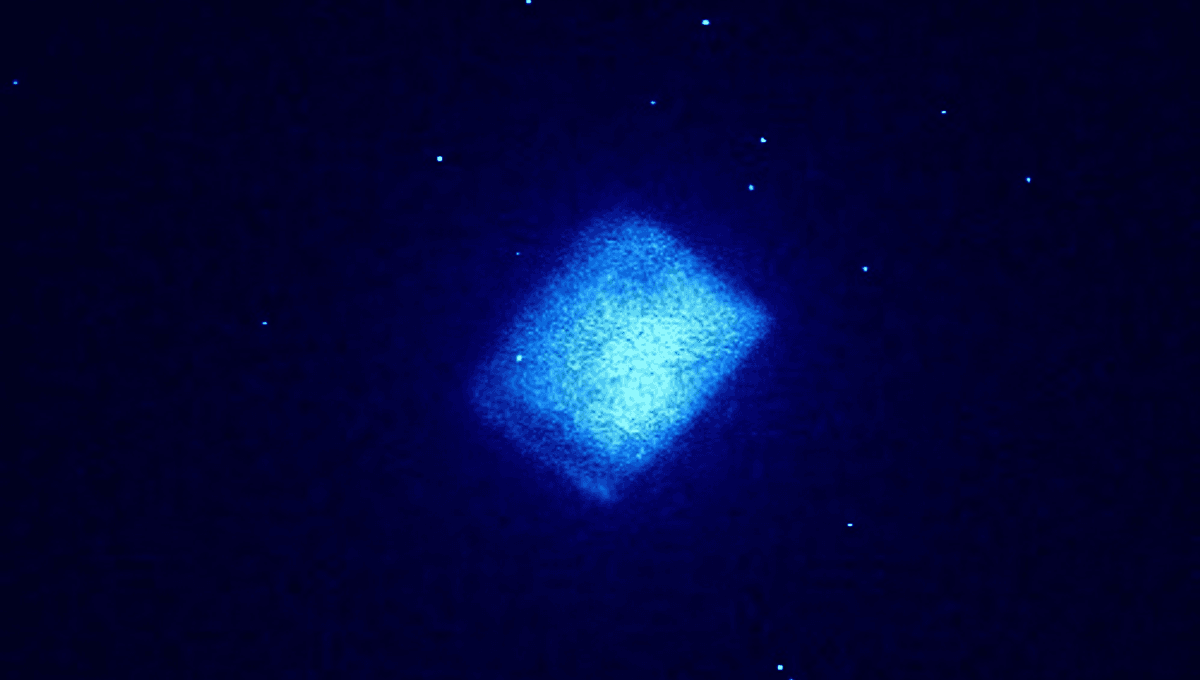
The first battery made from carbon-14 encased within a diamond that can replace a standard lithium-ion battery has been produced, culminating from years of research.
As the original, the battery might fetch a price far above a conventional gemstone from collectors, but its makers have bigger goals than the jewelry market. Instruments powered by such a device could last millennia. Of more immediate relevance, they could last a lifetime when powering devices like pacemakers, avoiding the need for replacement operations.
Carbon-14 is best known as the exceptionally useful isotope absorbed from the atmosphere in photosynthesis along with other carbon before slowly decaying. Its predictable decay rates allow archaeologists to determine the age of ancient bones or wooden tools.
Carbon-14 achieved another sort of fame from the chorus of Sting’s 1980s anti-nuclear hit We Work the Black Seam. The musician has since changed his view as climate change became more of a concern, but the song introduced a generation to the concept that carbon-14 is “Deadly for 12,000 years.” Ironically, some who loved the song as teenagers may find the demonized isotope extending their lives instead of killing them.
“Diamond batteries offer a safe, sustainable way to provide continuous microwatt levels of power,” Sarah Clark of the UK Atomic Energy Authority (UKAEA) said in a statement. “Our micropower technology can support a whole range of important applications from space technologies and security devices through to medical implants,” Professor Tom Scott of the University of Bristol added.
Carbon-14 decays to nitrogen-14, releasing beta radiation in the process. Beta radiation is just fast-moving electrons, and when carbon-14 is encased within a suitably doped diamond of ordinary carbon, it creates a current. Wires attached to the diamond can carry the electricity to where it is needed. Scott and Clark’s teams made their own plasma deposition rig to deposit carbon-14 and the doping element to make the encasing diamond.
Their long half-life and the direct conversion to electricity make carbon-14 diamonds arguably the ultimate source of energy in circumstances where very little power is required, but their long-term reliability is essential. Examples of potential use include medical implants, particularly those buried deep in the body where they are hard to replace, and instruments sent into deep space or hard-to-access places like slumbering volcanoes.
NASA recently turned off Voyager 2’s plasma science instrument because the craft’s power source is running low. Both Voyagers run on the heat generated from plutonium-238, which halves every 87.7 years. More than 40 years after launch, 30 percent less heat is being created.
Carbon-14, however, has a half-life of 5,700 years (Sting’s timeframe appears to have been chosen for poetic purposes). If Archimedes had somehow made a battery of it as powerful as the Voyagers’ at launch, 2,300 years later it would be doing better than those on the Voyager craft are currently doing after 47 years. Future space missions powered by carbon-14 batteries would not need to travel much faster than the Voyagers to still be operating when they pass nearby stars.
The Voyagers and other missions to the outer Solar System needed heavy radioisotope thermoelectric generators to turn the heat of radioactive decay into electricity. The vastly lighter nature of carbon-14 diamond batteries would help with the goal of making future missions faster than the Voyagers.
We haven’t used carbon-14 as a power source previously, because the long lifespan means the energy released is low unless you use a lot of it. As a component of nuclear waste from commercial reactors, there is quite a bit of carbon-14 available, but you have to extract it first. However, if the electrons directly drive current, rather than very inefficiently powering thermoelectric generators, the calculations shift.
Scott’s team has previously demonstrated the possibility of something like this using tiny quantities of carbon-14, but scaling up to substitute for commercial batteries, while offering thousands of times the lifespan, is a new step. Meanwhile, their more advanced nickel-63 batteries use the same idea of creating a current within an encasing diamond.
Source Link: World's First Carbon-14 Diamond Battery Offers Hope Of Power For Thousands Of Years